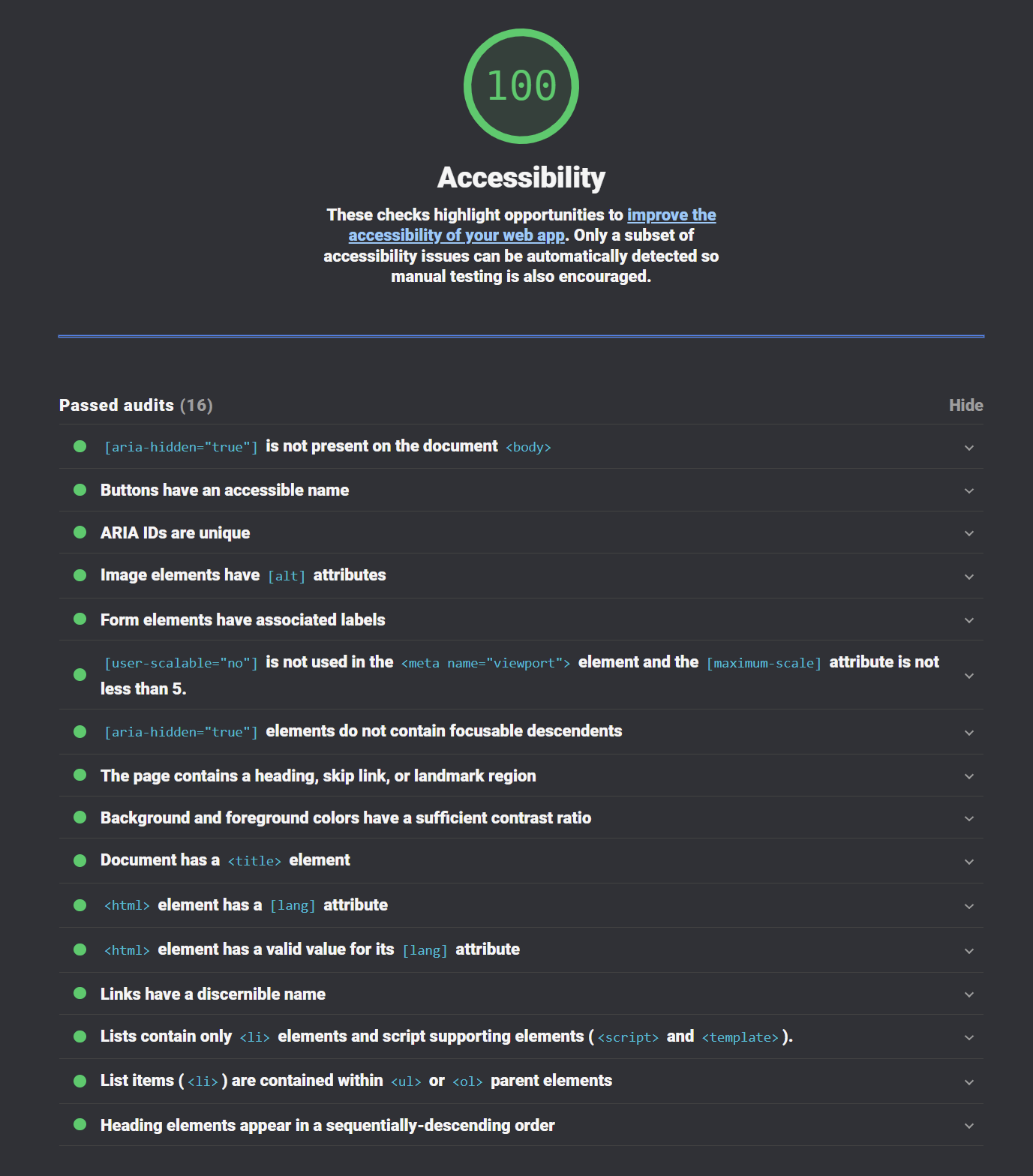Why “web accessibility” needs to be a priority, not an afterthought.
Andrew Davis Digital Direct Marketing, Response Marketing, Trends and POVIn a world focused on results, tracking, and speed to market, where user-focused design and development are in the spotlight, companies rarely include accessibility and UX research for users with disabilities or impairments.
What exactly are we talking about regarding “web accessibility”? It’s the practice of making your websites usable by as many people as possible, providing equal access to information and communications technologies, including the web, to people with disabilities or impairments. Simply put, accessibility is a basic human right.
Accessibility is good for all users … and business
Over one billion (or 15% of the population) people live with some form of disability. Examples may include auditory, cognitive, neurological, physical, speech, and visual disabilities or impairments.
While a disability means that the person finds it difficult to perform everyday tasks to a level that is considered normal for most people, an impairment is medical and represents a condition or symptoms that a person experiences (i.e., low vision).
These conditions can be permanent (i.e., I am deaf), temporary (i.e., I have an ear infection), or contextual (i.e., I am on a busy train and do not want to play audio). This hardly makes accessibility an edge case.
Technology has been playing a crucial role in facilitating our day-to-day tasks, but is this the case for everyone?
How accessibility affects your digital program’s overall performance
While the web offers a platform for immersive and engaging experiences, implementation matters, otherwise its potential remains unrealized.
The World Wide Web Consortium (W3C) has defined a wide range of recommendations for making web content more accessible based on three conformance levels: A, AA, and AAA (from least to most accessible).
Unfortunately, despite all of this, most websites still fail to adhere to Web Accessibility Guidelines (WCAG) as frequently in web development, accessibility is not a priority and treated as a feature, rarely tested for, and not always properly considered in the design stages.
Moreover, inaccessible websites hurt your program’s bottom line. For example, failure to adhere to WCAG negatively affects SEO (search engine optimization), which results in Google Search downranking inaccessible websites more than accessible ones.
Accessible and inclusive design thinking can lead to numerous business outcomes, helping digital products be more dynamic, address unexpected issues, and drive innovation.
How to make sure you do it right: for ALL the right reasons
Here at DMW, the digital development team takes the responsibility of making accessible content very seriously.
Throughout every digital product it is applicable in, we audit, test, and revise to ensure we are compliant with WCAG 2.1 standards.
An accessibility audit helps to better articulate some of the most crucial areas where accessible design is needed. This usually includes how interactive HTML elements such as <button>, <input /> and <a> tags are presented and described in the document. Also ensuring every <img /> element has descriptive alternate text for assistive technologies like screen readers.
Google’s Lighthouse project offers a quick and convenient way to measure a page’s score not just in accessibility, but also for SEO, best practices, and performance.


The images above show how Google’s Lighthouse project scores a page for its web accessibility and SEO, as well as outlines opportunities to improve accessibility.
Breaking down our score further, Google has kindly outlined some of the most important areas it looks for when scanning a web page for grading an accessibility score.
While this audit is not entirely comprehensive of all accessibility requirements, it does check for some of the most basic and important rules every website should be adhering to.
Ensuring your web pages meet these requirements will ensure every user will be able to engage with your content comfortably.
Making your next landing page or website all it can be
In summary, after you wrestle through setting business goals, devising effective strategy and executing with persuasive messaging and visuals, keying in (literally) on web accessibility in development is important.
Hopefully, your agency is making that happen for you and your business. To both serve the needs of the various disabled and impaired individuals, while fully optimizing your URL’s visibility to all consumers.
Please feel free to contact us to help assure that is happening in your marketing. In the meantime, we’ll help make some useful information just a click away …
Resources/Helpful Links
WebAIM:// Web Accessibility In Mind
Web Content Accessibility Guidelines (WCAG) Overview | Web Accessibility Initiative (WAI) | W3C